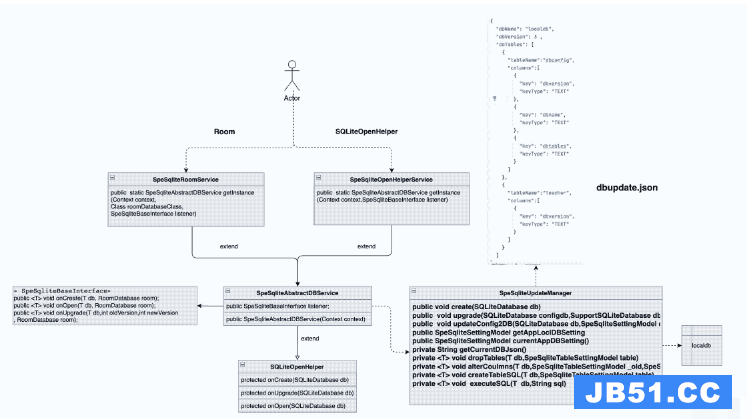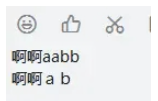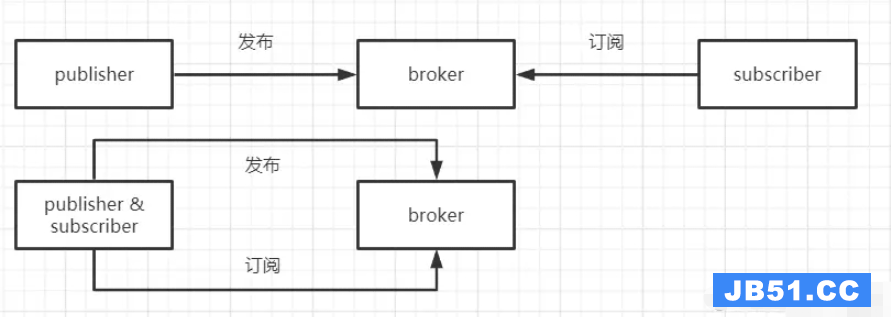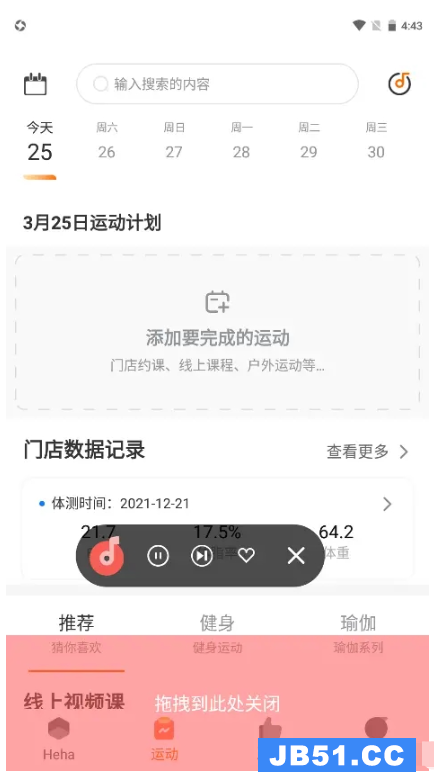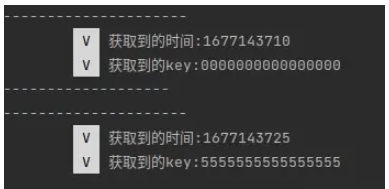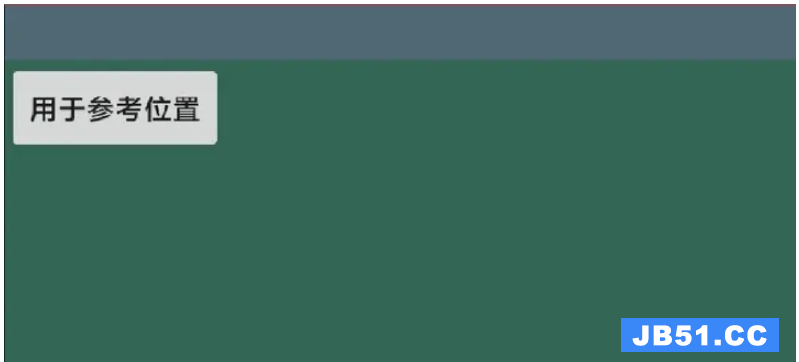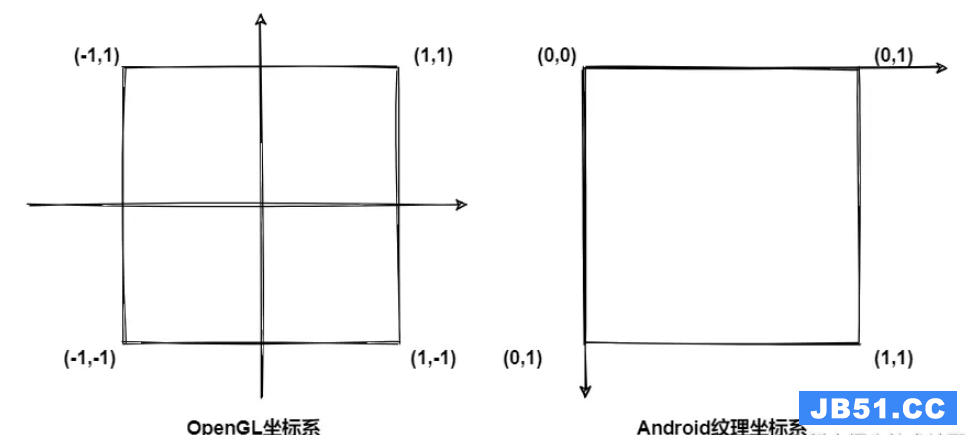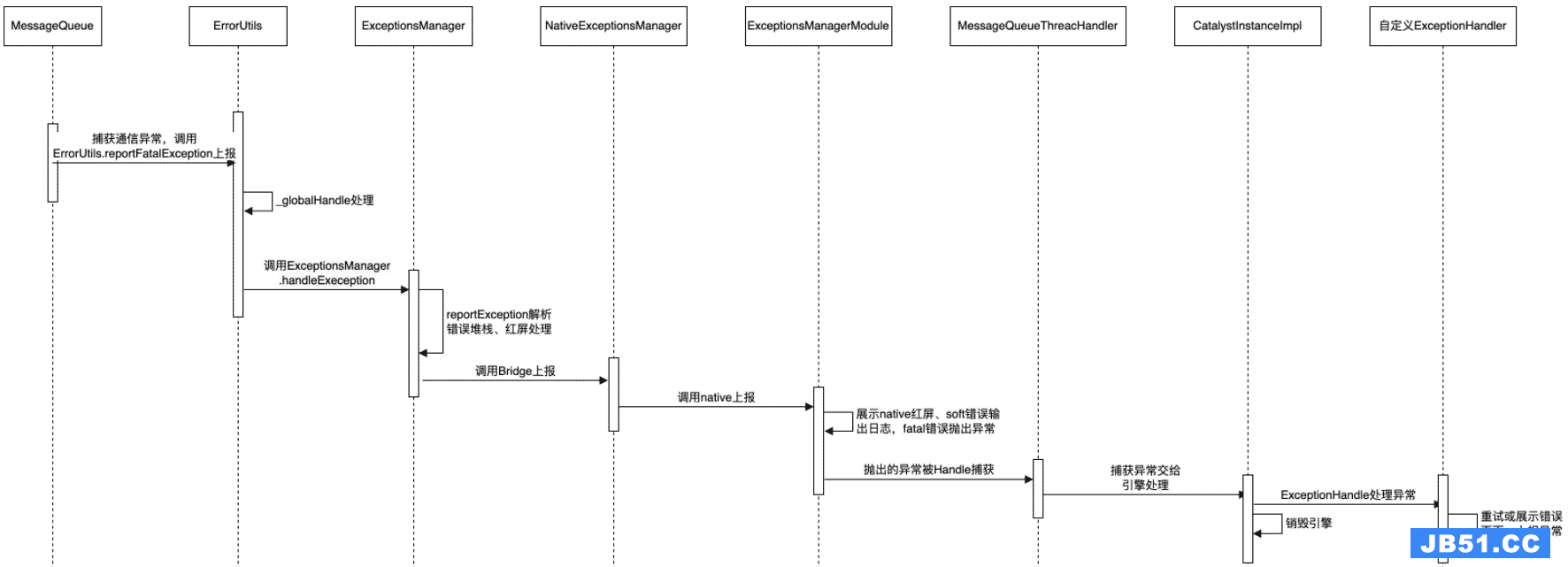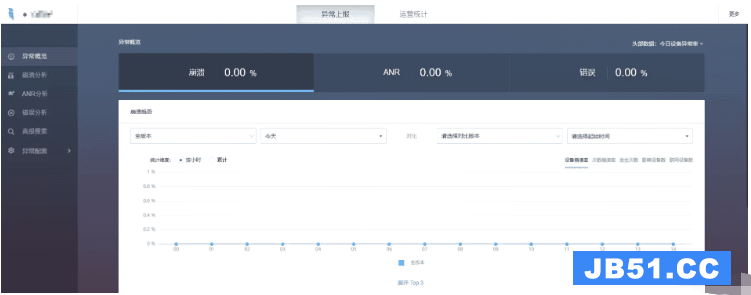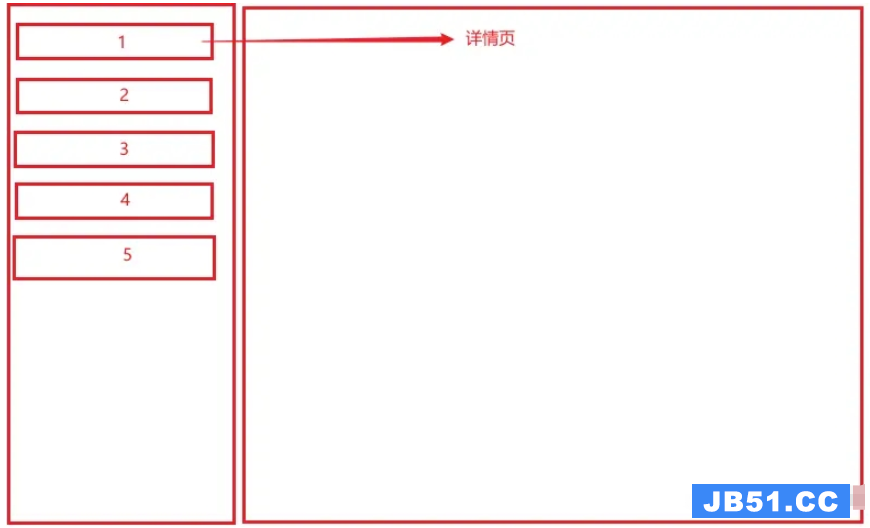我正在尝试编写最简单的陀螺仪实现(仅在屏幕更改时记录屏幕的方向).有人可以提供一个简单的例子吗?
这就是我现在正在尝试的:
public class LessonFiveGLSurfaceView extends GLSurfaceView implements SensorEventListener
{
private LessonFiveRenderer mRenderer;
public LessonFiveGLSurfaceView(Context context)
{
super(context);
System.out.println("test");
}
@Override
public void onSensorChanged(SensorEvent event)
{
//output the Roll,Pitch and Yawn values
System.out.println("Orientation X (Roll) :"+ Float.toString(event.values[2]) +"\n"+
"Orientation Y (Pitch) :"+ Float.toString(event.values[1]) +"\n"+
"Orientation Z (Yaw) :"+ Float.toString(event.values[0]));
}
但是我收到错误:“LessonFiveGLSurfaceView类型必须实现继承的抽象方法SensorEventListener.onAccuracyChanged(Sensor,int)”.
最佳答案
在这里我想出了一个类,以便在Android中使用陀螺仪传感器,它可以平滑输入数据,以及平板和手机的正确方向输出,它们没有相同的自然方向(手机是纵向的平板电脑在风景中):
/**
* Uses the sensor API to determine the phones orientation.
* Registering for events from the accelerator and the magnetometer (compass)
* a rotation matrix is computed. This matrix can be used to rotate an
* OpenGL scene.
*/
public class Phonegyroscope implements SensorEventListener{
private static final String TAG = Phonegyroscope.class.getSimpleName();
private SensorManager mSensorManager;
private WindowManager mWindowManager;
private float[] mAccelGravityData = new float[3];
private float[] mGeomagneticData = new float[3];
private float[] mRotationMatrix = new float[16];
private float[] bufferedAccelGData = new float[3];
private float[] bufferedMagnetData = new float[3];
public Phonegyroscope(Context context) {
mSensorManager = (SensorManager) context.getSystemService(Context.SENSOR_SERVICE);
mWindowManager = (WindowManager) context.getSystemService(Context.WINDOW_SERVICE);
}
public void start() {
mSensorManager.registerListener(this,mSensorManager.getDefaultSensor(Sensor.TYPE_ACCELEROMETER),SensorManager.SENSOR_DELAY_GAME );
mSensorManager.registerListener(this,mSensorManager.getDefaultSensor(Sensor.TYPE_MAGNETIC_FIELD),SensorManager.SENSOR_DELAY_GAME );
}
public void stop() {
mSensorManager.unregisterListener(this);
}
private void loadNewSensorData(SensorEvent event) {
final int type = event.sensor.getType();
if (type == Sensor.TYPE_ACCELEROMETER) {
//Smoothing the sensor data a bit
mAccelGravityData[0]=(mAccelGravityData[0]*2+event.values[0])*0.33334f;
mAccelGravityData[1]=(mAccelGravityData[1]*2+event.values[1])*0.33334f;
mAccelGravityData[2]=(mAccelGravityData[2]*2+event.values[2])*0.33334f;
}
if (type == Sensor.TYPE_MAGNETIC_FIELD) {
//Smoothing the sensor data a bit
mGeomagneticData[0]=(mGeomagneticData[0]*1+event.values[0])*0.5f;
mGeomagneticData[1]=(mGeomagneticData[1]*1+event.values[1])*0.5f;
mGeomagneticData[2]=(mGeomagneticData[2]*1+event.values[2])*0.5f;
float x = mGeomagneticData[0];
float y = mGeomagneticData[1];
float z = mGeomagneticData[2];
double field = Math.sqrt(x*x+y*y+z*z);
if (field>25 && field<65){
Log.e(TAG,"loadNewSensorData : wrong magnetic data,need a recalibration field = " + field);
}
}
}
private void rootMeanSquareBuffer(float[] target,float[] values) {
final float amplification = 200.0f;
float buffer = 20.0f;
target[0] += amplification;
target[1] += amplification;
target[2] += amplification;
values[0] += amplification;
values[1] += amplification;
values[2] += amplification;
target[0] = (float) (Math
.sqrt((target[0] * target[0] * buffer + values[0] * values[0])
/ (1 + buffer)));
target[1] = (float) (Math
.sqrt((target[1] * target[1] * buffer + values[1] * values[1])
/ (1 + buffer)));
target[2] = (float) (Math
.sqrt((target[2] * target[2] * buffer + values[2] * values[2])
/ (1 + buffer)));
target[0] -= amplification;
target[1] -= amplification;
target[2] -= amplification;
values[0] -= amplification;
values[1] -= amplification;
values[2] -= amplification;
}
/*
* Tablets have LANDSCAPE as default orientation,so screen rotation is 0 or 180 when the orientation is LANDSCAPE,and smartphones have PORTRAIT.
* I use the next code to difference between tablets and smartphones:
*/
public static int getScreenorientation(display display){
int orientation;
if(display.getWidth()==display.getHeight()){
orientation = Configuration.ORIENTATION_SQUARE;
}else{ //if width is less than height than it is portrait
if(display.getWidth() < display.getHeight()){
orientation = Configuration.ORIENTATION_PORTRAIT;
}else{ // if it is not any of the above it will definitly be landscape
orientation = Configuration.ORIENTATION_LANDSCAPE;
}
}
return orientation;
}
private void debugSensorData(SensorEvent event) {
StringBuilder builder = new StringBuilder();
builder.append("--- SENSOR ---");
builder.append("\nName: ");
Sensor sensor = event.sensor;
builder.append(sensor.getName());
builder.append("\nType: ");
builder.append(sensor.getType());
builder.append("\nvendor: ");
builder.append(sensor.getvendor());
builder.append("\nVersion: ");
builder.append(sensor.getVersion());
builder.append("\nMaximum Range: ");
builder.append(sensor.getMaximumRange());
builder.append("\nPower: ");
builder.append(sensor.getPower());
builder.append("\nResolution: ");
builder.append(sensor.getResolution());
builder.append("\n\n--- EVENT ---");
builder.append("\nAccuracy: ");
builder.append(event.accuracy);
builder.append("\nTimestamp: ");
builder.append(event.timestamp);
builder.append("\nValues:\n");
for (int i = 0; i < event.values.length; i++) {
// ...
builder.append(" [");
builder.append(i);
builder.append("] = ");
builder.append(event.values[i]);
builder.append("\n");
}
Log.d(TAG,builder.toString());
}
@Override
public void onAccuracyChanged(Sensor sensor,int accuracy) {
// Todo Auto-generated method stub
}
/* Sensor Processing/Rotation Matrix
* Each time a sensor update happens the onSensorChanged method is called.
* This is where we receive the raw sensor data.
* First of all we want to take the sensor data from the accelerometer and magnetometer and smooth it out to reduce jitters.
* From there we can call the getRotationMatrix function with our smoothed accelerometer and magnetometer data.
* The rotation matrix that this outputs is mapped to have the y axis pointing out the top of the phone,so when the phone is flat on a table facing north,it will read {0,0}.
* We need it to read {0,0} when pointing north,but sitting vertical. To achieve this we simply remap the co-ordinates system so the X axis is negative.
* The following code example shows how this is acheived.
*/
@Override
public void onSensorChanged(SensorEvent event) {
if (event.accuracy == SensorManager.SENSOR_STATUS_UNRELIABLE) {
return;
}
loadNewSensorData(event);
int type=event.sensor.getType();
if (mAccelGravityData != null && mGeomagneticData != null) {
if ((type==Sensor.TYPE_MAGNETIC_FIELD) || (type==Sensor.TYPE_ACCELEROMETER)) {
rootMeanSquareBuffer(bufferedAccelGData,mAccelGravityData);
rootMeanSquareBuffer(bufferedMagnetData,mGeomagneticData);
if (SensorManager.getRotationMatrix(mRotationMatrix,null,bufferedAccelGData,bufferedMagnetData)){
display display = mWindowManager.getDefaultdisplay();
int orientation = getScreenorientation(display);
int rotation = display.getRotation();
boolean dontRemapCoordinates = (orientation == Configuration.ORIENTATION_LANDSCAPE && rotation == Surface.ROTATION_0) ||
(orientation == Configuration.ORIENTATION_LANDSCAPE && rotation == Surface.ROTATION_180) ||
(orientation == Configuration.ORIENTATION_PORTRAIT && rotation == Surface.ROTATION_90) ||
(orientation == Configuration.ORIENTATION_PORTRAIT && rotation == Surface.ROTATION_270);
if( !dontRemapCoordinates){
SensorManager.remapCoordinateSystem(
mRotationMatrix,SensorManager.AXIS_Y,SensorManager.AXIS_MINUS_X,mRotationMatrix);
}
debugSensorData(event);
}
}
}
}
}
版权声明:本文内容由互联网用户自发贡献,该文观点与技术仅代表作者本人。本站仅提供信息存储空间服务,不拥有所有权,不承担相关法律责任。如发现本站有涉嫌侵权/违法违规的内容, 请发送邮件至 dio@foxmail.com 举报,一经查实,本站将立刻删除。


